Table of Contents
Are you trying to decide between using beans and lentils in your cooking? Choosing the right option for your dietary needs and tastes can be a challenge. This guide will provide an in-depth look at the differences between beans vs lentils so that you can make an informed decision about which one is best suited for your favorite dishes.
We’ll take a look at the nutritional value, flavors, and textures of each type of legume so that you will be able to pick out ingredients with confidence when creating delicious meals!
What are Beans?
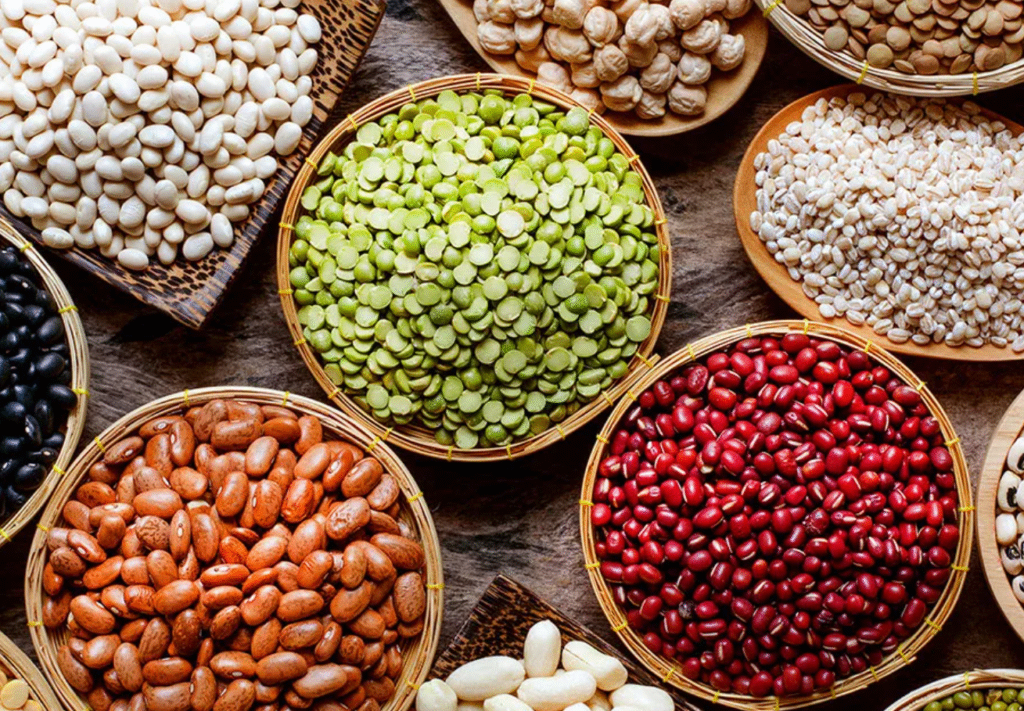
Beans are a type of legume that comes in a variety of shapes, sizes, and colors. Common varieties include black beans, kidney beans, pinto beans, garbanzo beans (also known as chickpeas), navy beans, white beans, and more. Beans have a high nutritional value and are packed with protein and fiber. They are an excellent source of vitamins and minerals like iron, magnesium, potassium, folate, zinc and B vitamins.
What are Lentils?
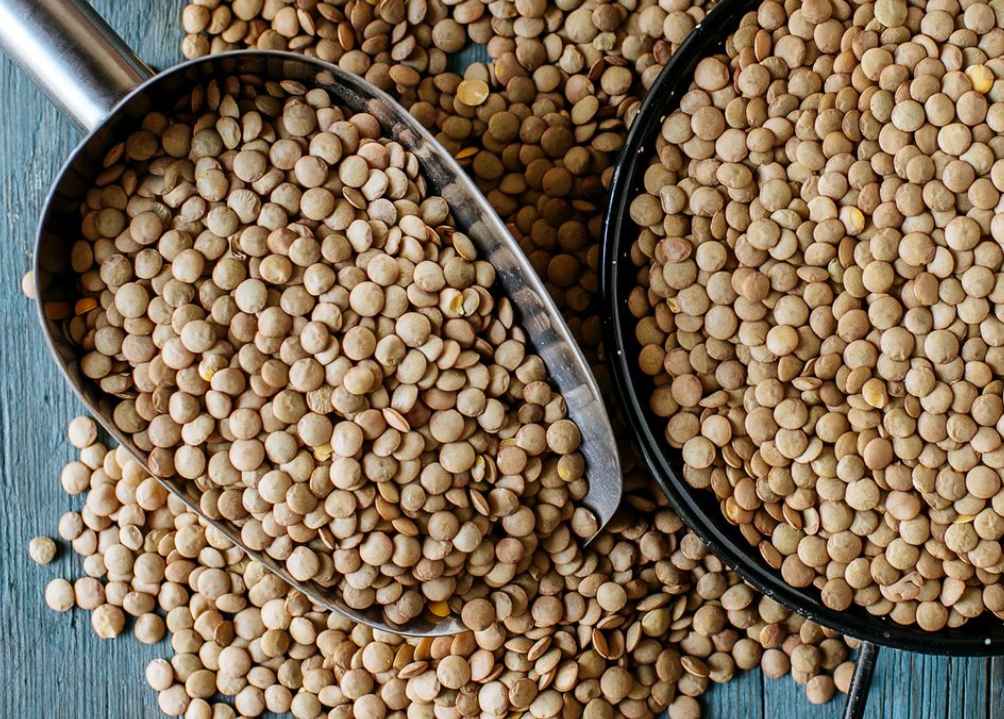
Lentils are also members of the legume family. They come in many different shapes and sizes including green lentils (the most common variety), brown lentils (the most readily available type at supermarkets) red lentils which cook quickly, and black lentils which have an earthier flavor. Lentils are a great source of plant-based protein and dietary fiber, as well as iron, magnesium, and B vitamins.
Types of Beans and Lentils
Types of Beans
- Black Beans: These small, black beans are a staple in many Mexican and Latin American dishes. They have a rich, earthy flavor that pairs well with bold ingredients like chiles, garlic, and onions.
- Kidney Beans: These large, red-colored beans are popular in chili and other hearty soups. They have a milder taste than black beans and are known for their creamy texture.
- Pinto Beans: These light brown or pinkish-brown beans are often used to make refried beans or chili con carne. They take longer to cook than other types of beans but they yield a creamy texture when mashed.
Types of Lentils
- Green Lentils: Also known as French lentils, these dark green legumes are larger than other types of lentils and have a slightly peppery flavor. They have a nutty taste when cooked and are great for salads, soups, stews, and casseroles.
- Brown Lentils: These small yellowish-brown lentils cook quickly and add bulk to dishes such as curries and pilafs. Their flavor is milder than that of green lentils.
- Red Lentils: These brightly colored orange-red legumes cook very quickly making them ideal for use in soups or purees. They have an earthy, sweet flavor that pairs well with spices like curry powder or garam masala.
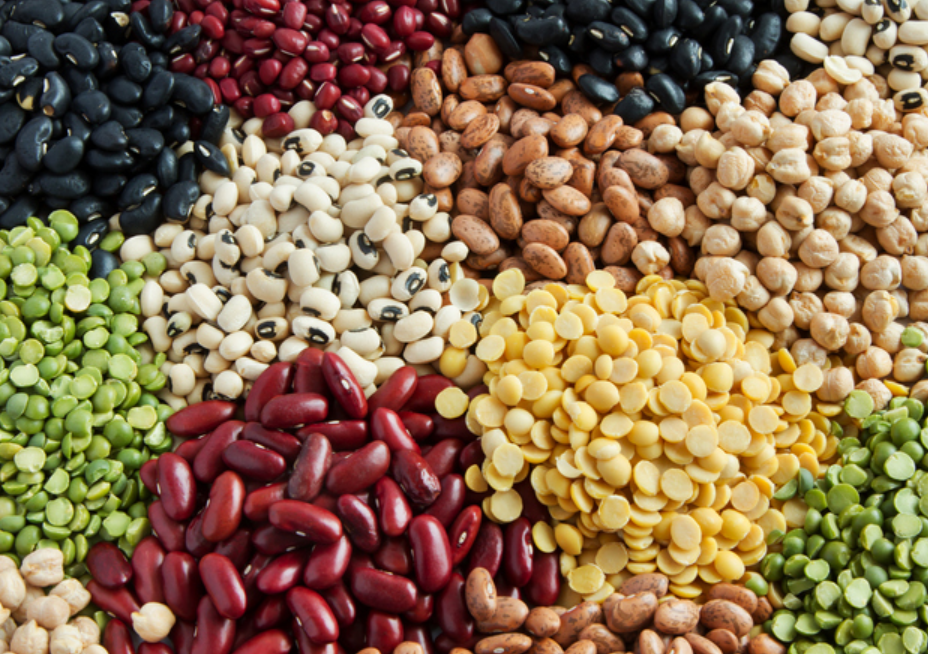
Regional Differences
Beans and lentils come from different parts of the world. Beans originated in Mexico and Central America, while lentils are native to India, Asia, and the Mediterranean region. Because of their diverse origins, each type of legume has its own unique flavor.
Practical Applications
Beans and lentils are both incredibly versatile ingredients that can be used in a variety of recipes. Beans are an ideal choice for hearty chili, burritos, rice bowls, salads, soups, and dips. Lentils are great for curries and pilafs as well as vegetarian burgers and salads.
Nutritional Value
Both beans and lentils have a high nutritional value. They are an excellent source of protein, dietary fiber, vitamins, minerals such as iron, magnesium, potassium and B vitamins (thiamine and folate). Additionally they contain complex carbohydrates which are important for energy production.
Storage Tips
Beans and lentils can be stored in airtight containers for up to six months in a cool, dry place. The best way to store them is to transfer them into a glass jar with a tight-fitting lid and store in the refrigerator.
Health Benefits
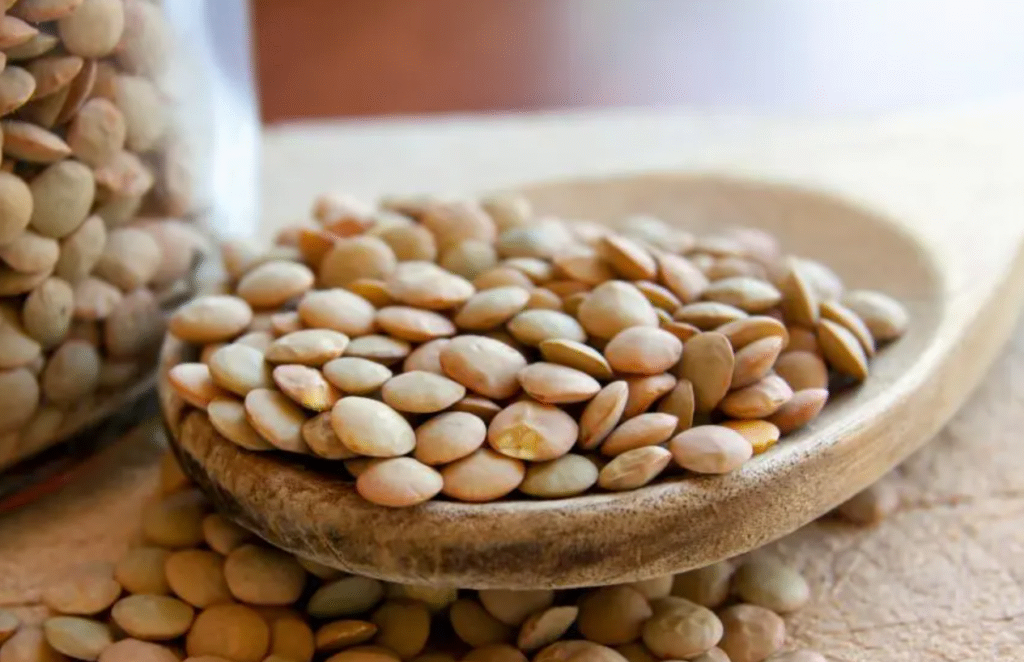
Cardiovascular Health
Eating a diet rich in beans and lentils can help reduce cholesterol levels and protect against heart disease.
Digestive System
The high amount of dietary fiber in beans and lentils can help regulate the digestive system and prevent constipation.
Weight Management
A diet rich in legumes has been linked to weight loss due to their low calorie content, high fiber content, and ability to fill you up for a long time.
Blood Sugar Regulation
The complex carbohydrates in both beans and lentils can help stabilize blood sugar levels and prevent spikes in insulin.
Cancer Prevention
Several studies have suggested that diets rich in legumes may reduce the risk of certain cancers such as colon, breast, and prostate cancer.
Cooking Practices
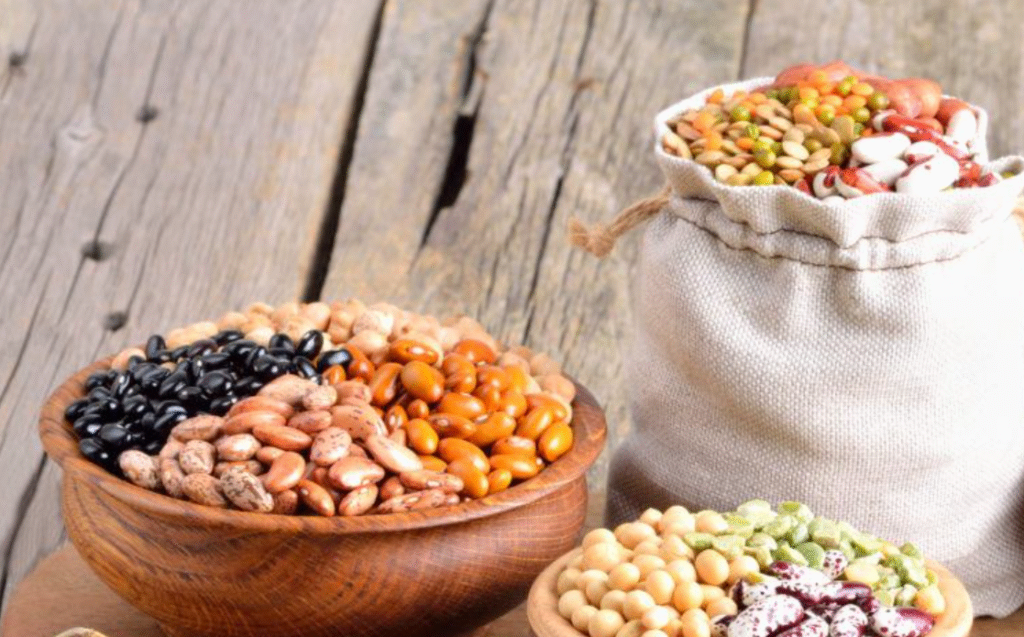
Soaking/Cooking Times
Beans and lentils should be soaked prior to cooking. This helps reduce their cooking time as well as make them easier to digest. Generally, beans should be soaked for 8-12 hours before cooking and lentils can usually be cooked without soaking.
Cooking Methods
Both beans and lentils can be boiled, simmered, or pressure cooked. Boiling is the quickest method but it does require adding more liquid during the cooking process. Simmering requires less liquid but takes longer to cook. Pressure cooking is the fastest way to cook legumes as it cooks them in about half the time of conventional methods.
Tips for Incorporating Beans and Lentils into Your Diet
Beans and lentils are economical and easy to incorporate into your diet. Here are a few tips for getting the most out of them:
- Buy dried beans in bulk – they’re cheaper than canned varieties
- Soak beans overnight before cooking
- Add herbs or spices to enhance flavor
- Try different varieties such as black beans, chickpeas, adzuki beans, split peas, etc.
- Use legumes as an alternative to meat in vegetarian dishes
- Add lentils to soups or stews for extra protein
Which One Is Healthier?
While both beans and lentils provide a range of nutritional benefits, it’s important to remember that no one food is a magic bullet. Instead, focus on balancing your diet with a variety of healthy foods including beans, lentils, fruits, vegetables, and whole grains. As long as you are eating a balanced diet and getting the recommended amount of exercise each day then you can reap the health benefits from both legumes. So go ahead and enjoy them in all sorts of recipes!
Frequently Asked Questions | Beans Vs Lentils
1. Can I substitute one for the other in recipes?
Yes, you can often use beans or lentils interchangeably in many recipes with minor adjustments to cooking time and amount needed. For instance if a recipe calls for black beans, red lentils may be substituted instead and vice versa.
2. How do I cook them?
Beans and lentils should always be cooked thoroughly before consuming as they contain complex proteins that can cause indigestion if not properly prepared. To prepare both types of legumes, first rinse them off under cold water and then add them to a pot filled with enough liquid to cover the beans/lentils by at least an inch or two. Bring the mixture to a boil, reduce heat and simmer until they are tender.
3. How much should I eat?
The recommended serving size for beans and lentils is 1/2 cup cooked per meal, though this may vary depending on your individual dietary requirements.
4. Are there any risks associated with eating them?
Eating beans and lentils can increase flatulence due to their complex proteins which take longer to digest in the stomach than other foods. If this is a concern, supplementing with digestive enzymes may help improve digestion and reduce gas production. Additionally, dried beans should always be soaked for several hours prior to cooking as certain toxins can be present in the skins.
5. What are some creative ways to cook them?
Beans and lentils can be used in a variety of different dishes – from soups and stews to salads, casseroles, burgers, tacos and wraps. They also make great veggie-packed sides or main dishes by adding herbs, spices or even roasted vegetables. You can even use them as an alternative to meat in stuffed peppers or curry dishes! Creative cooking with beans and lentils is a great way to add plant-based nutrition into your diet without compromising on flavor.
Conclusion
Beans and lentils are versatile, nutritious, and easy to incorporate into your diet. With their high fiber content, they are a great way to reduce cholesterol levels and maintain a healthy weight. They also provide essential vitamins, minerals, and complex carbohydrates which can help regulate blood sugar levels. Whether you’re looking for a hearty chili or a vegetarian burger, beans and lentils are an ideal choice!
Read more at Ohsnap Cupcakes!